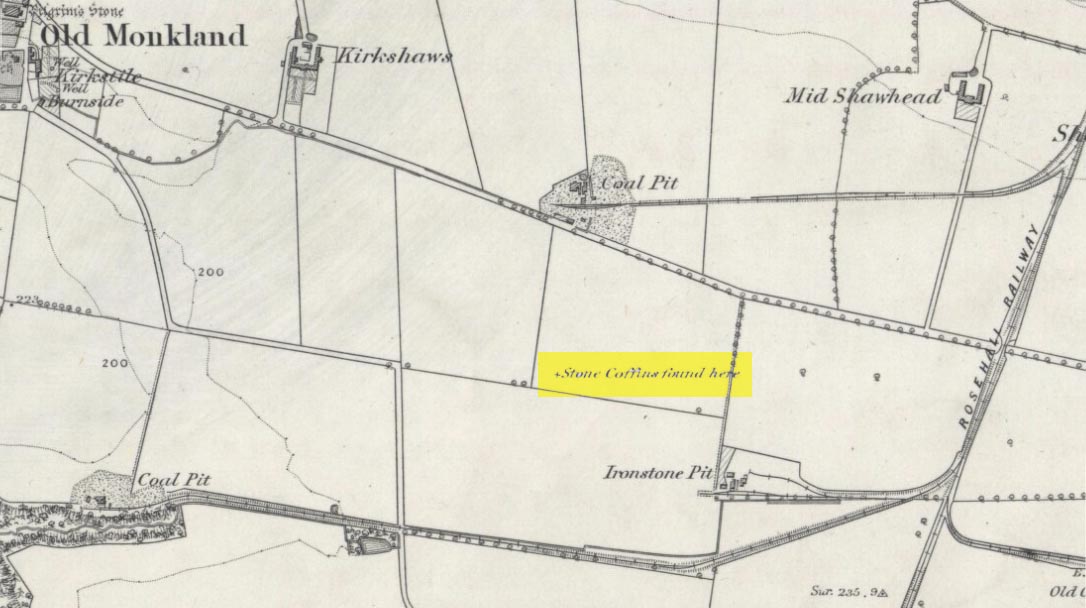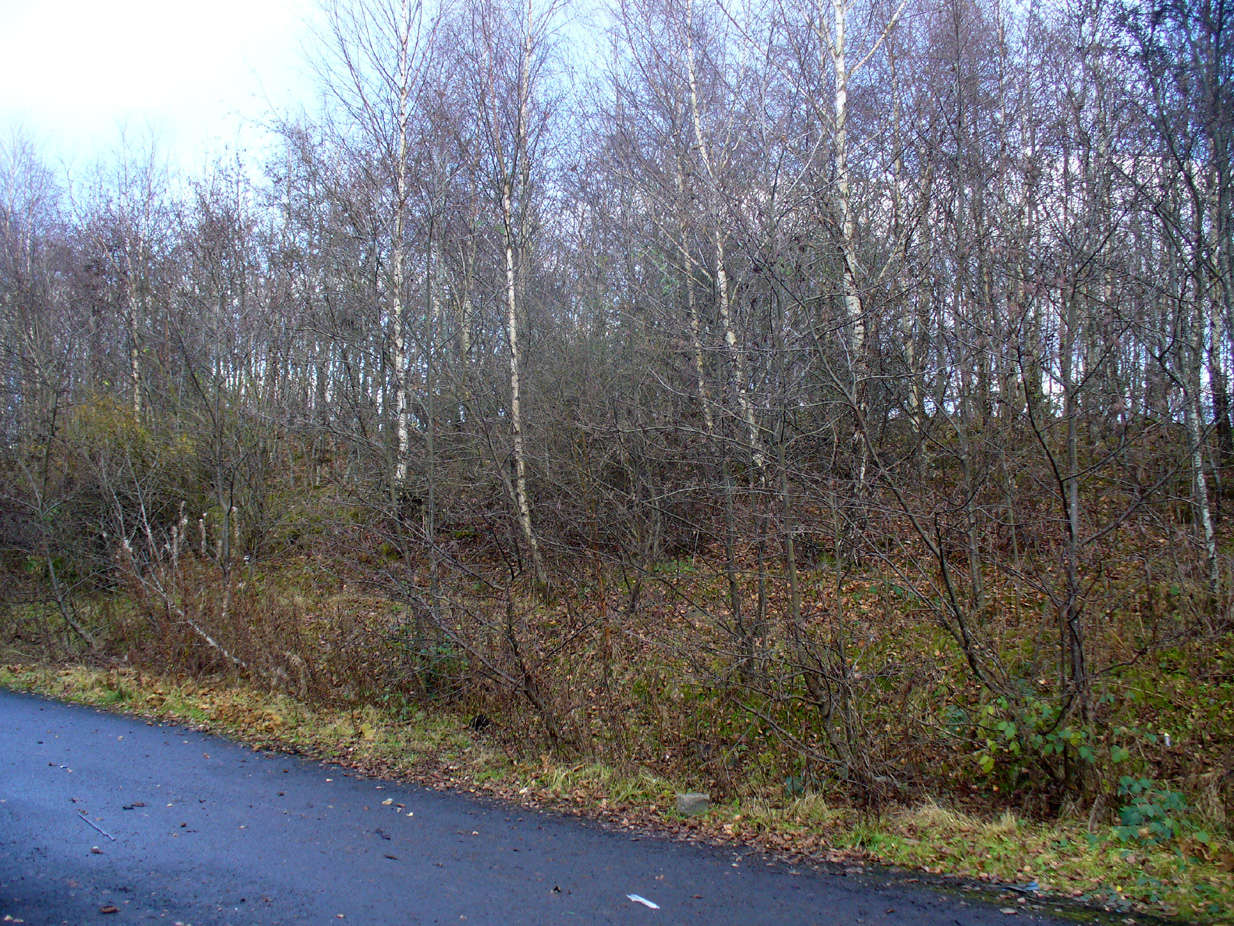Healing Well: OS Grid Reference – NS 66826 66603
Also Known as:
- Back o’ Brae Well
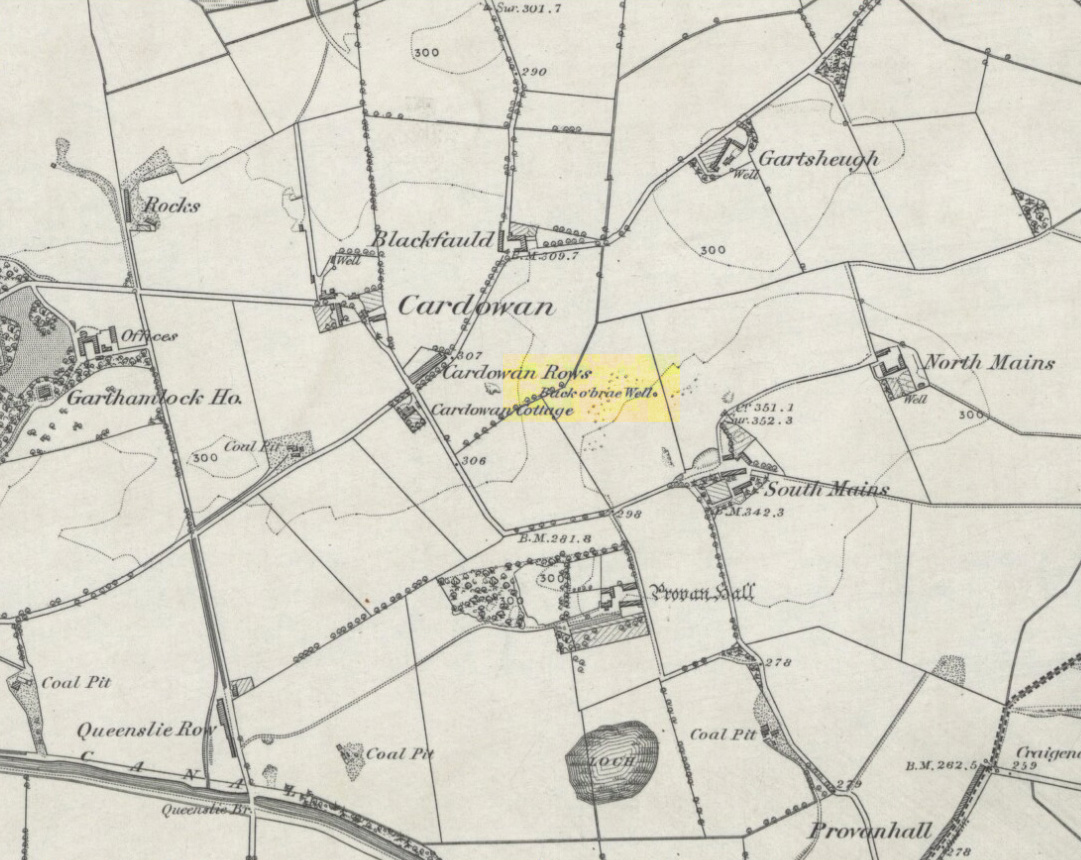
Many ways to get here, via the M8 or the B806. Just get to the Glasgow Fort shopping centre on the northern edge of Easterhouse, above Provan Hall. At the T-junction where the road from the Fort meets Auchinlea Road, note the sign saying ‘Todds Well’. Walk along the winding path, keeping to the lower side, and as you swing round the small hill, keep your eyes peeled for the small burn emerging from the shrubs 10-20 yards off the track. That’s the place.
Archaeology & History
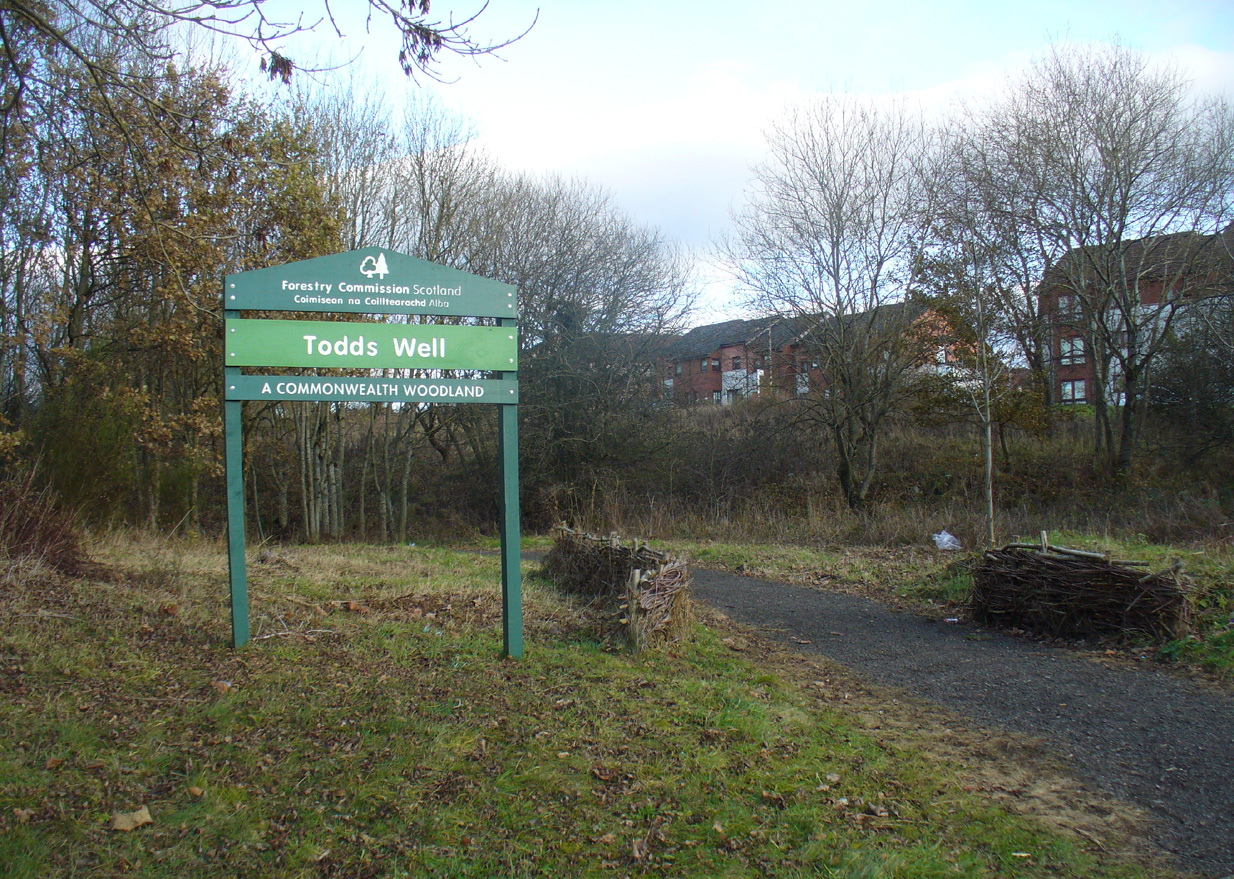
Thankfully this site still exists and the waters—slow though they flow—are quite drinkable (us lot drank here anyway!). It was illustrated on the early OS-map of the area as the ‘Back o’ Brae Well’—no doubt gaining its name from the surveyors who took the directions to the place as its title! At the point where the spring water emerges from the Earth, very overgrown remains of low walling marks the opening well-head, and a number of larger stones mark the course of the tiny burn as you walk towards the track (though these could be more recent).
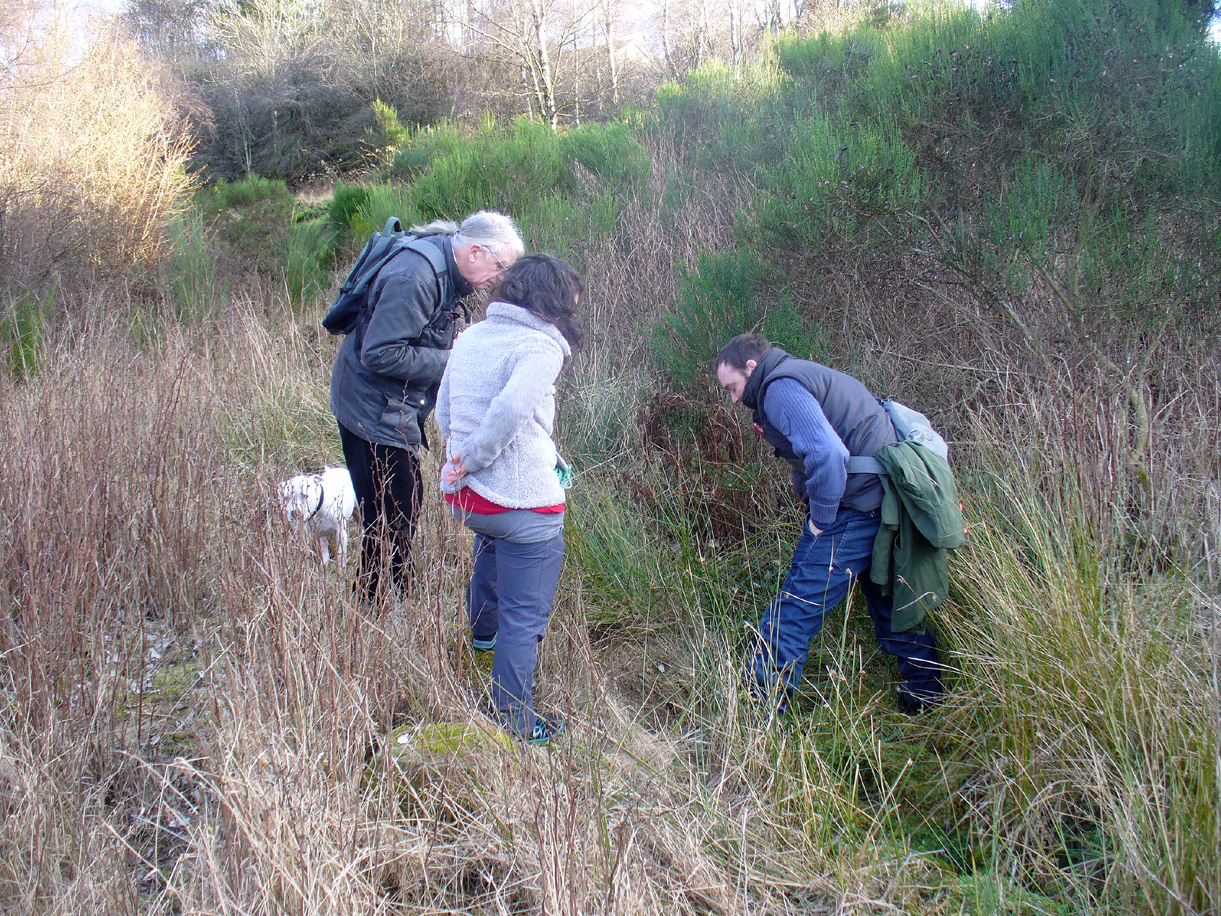
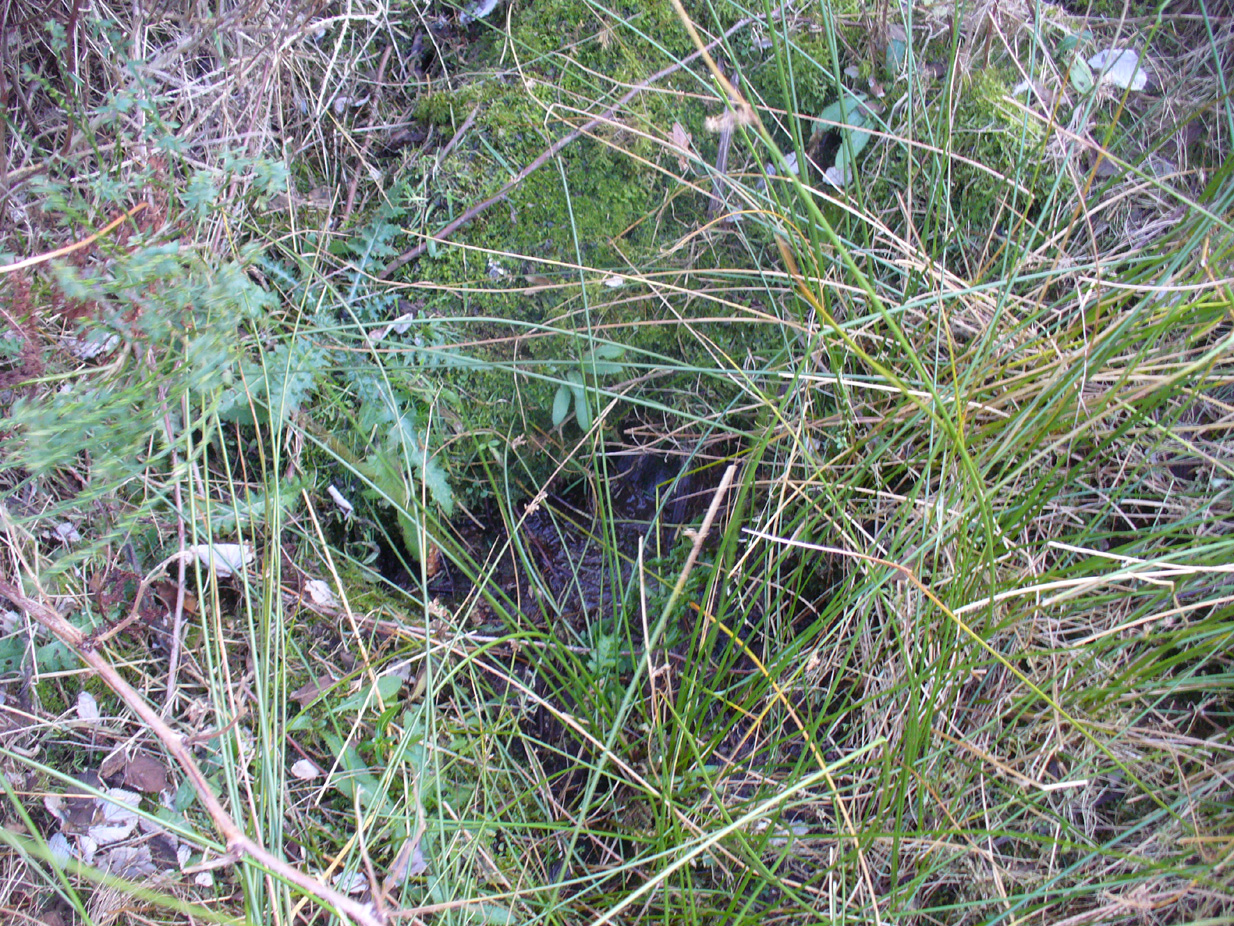
Thought to derive its name from the old word todd, meaning ‘fox’ (Grant 1973), a variant on the word may have meant that children’s games were played here (but without a confirmation of this in local folklore, we should urge caution). As well as being used by local people, the water from Todds Well was one of the places used by them there ‘rich’ folk who lived at nearby Provan House.
References:
- Bennett, Paul, Ancient and Holy Wells of Glasgow, TNA 2017.
- Grant, William (ed.), The Scottish National Dictionary – volume 9, SNDA: Edinburgh 1973.
Acknowledgements: Big thanks to the other doods – Nina Harris, Paul Hornby and Frank Mercer – in our visit to this site.
© Paul Bennett, The Northern Antiquarian
The map could not be loaded. Please contact the site owner.
